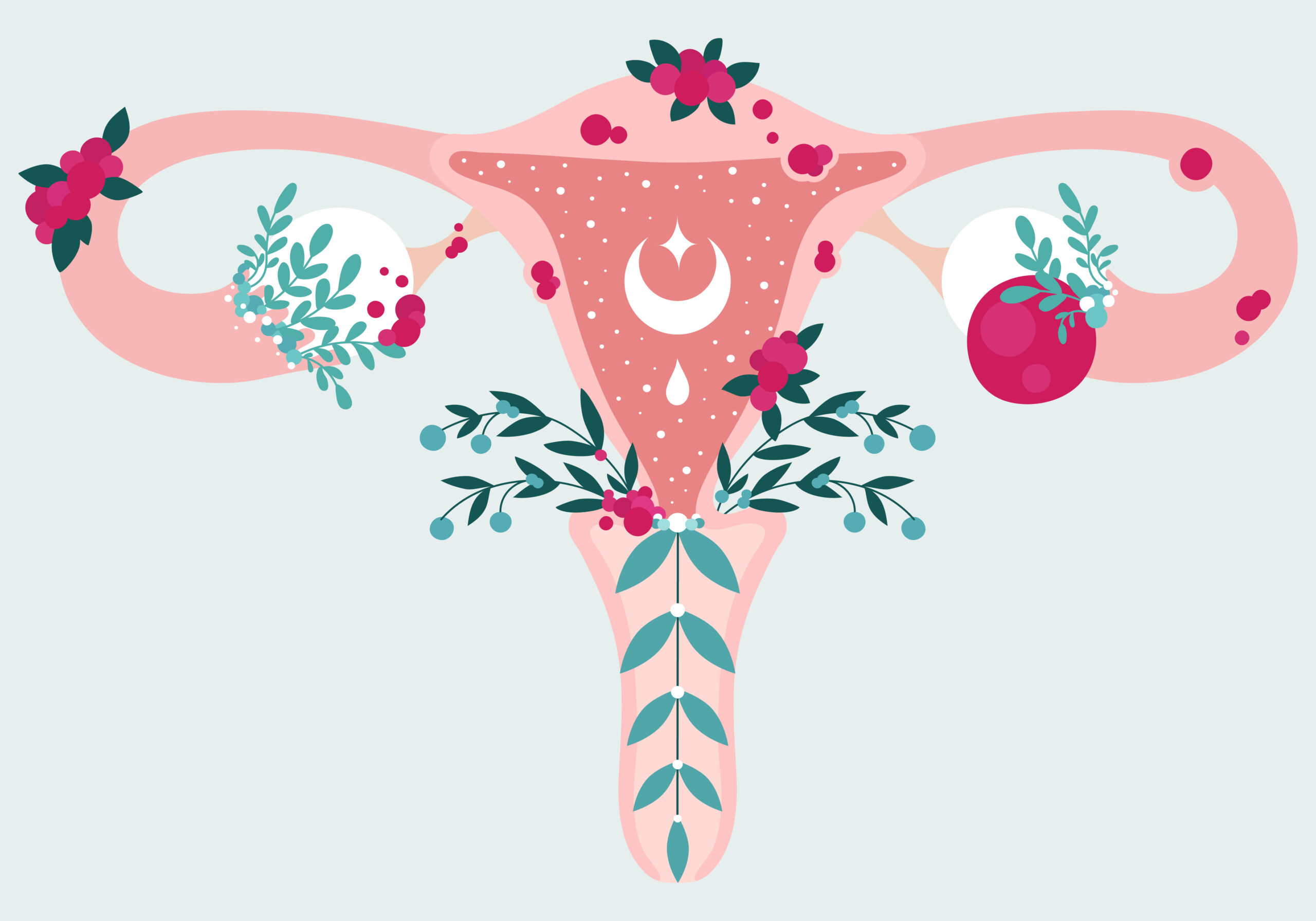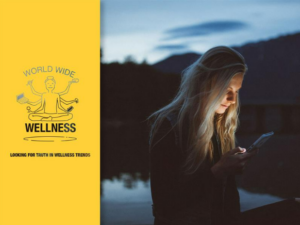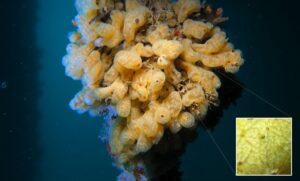More than 11% of Australian women, girls and those who are gender diverse suffer from endometriosis at some point in their lives.
It’s estimated that endometriosis costs the Australian economy $9.7 billion each year. Around two-thirds of this cost is attributed to a loss in productivity, with the remainder directly related to healthcare costs.
For individuals, not only is endometriosis painful but it’s also expensive and difficult to diagnose and treat.
What is endometriosis?
Endometriosis is a common disease where tissue that’s similar to the lining of the womb grows outside of the womb. Most often, the excess growths happen in the ovaries, fallopian tubes and the tissue lining the pelvis.
This endometrial-like tissue acts in the same way as real endometrial tissue would. It thickens, breaks down and bleeds with every menstrual cycle.
But because it’s located outside of the uterus, this tissue has no way to exit the body. As a result, it becomes trapped and causes a chronic inflammatory reaction. Over time, the trapped tissues develop into scar tissue and ‘adhesions’ that cause nearby organs to stick together.
Endometriosis Australia
Symptoms
Symptoms may be any, or a combination, of :
- fatigue
- pain that stops you on or around your period
- pain on or around ovulation
- pain during or after sex
- pain with bowel movements
- pain when you urinate
- pain in your pelvic region, lower back or legs
- having trouble holding on when you have a full bladder or having to go frequently
- heavy bleeding or irregular bleeding.
The stress of having endometriosis is linked to causing individuals to experience depression and anxiety. It can also lead to infertility.
Diagnosis
Diagnosis of endometriosis is hard. The disease is often missed due to the wide range of symptoms, unclear causes and inconsistencies in diagnosis and management. Education and research programs supported by Endometriosis Australia have reduced diagnosis time to 6 and a half years. Previously, it used to take 7–12 years for a diagnosis.
Confirmation of an endometriosis diagnosis is made through a biopsy via keyhole surgery. The procedure can cost up to $14,000.
Ultrasound and magnetic resonance imaging (MRI) can help indicate endometriosis for some women. However, surgery is the only way to confirm the diagnosis.
Treatment
Currently, there is no known cure for endometriosis, so treatment is usually aimed at controlling symptoms.
Depending on how severe the symptoms are, treatments vary between pain medication and surgical treatments like a hysterectomy.
Cost
The average cost for a woman with endometriosis both personally and for society is around $30,000 a year. This figure is a combination of the cost of lost work hours due to high levels of pain, medication, treatment, medical consultations and diagnosis. For rural Australians, there’s also the significant cost of time and travel.
Wait times for surgery in the public hospital system can be 1–2 years. Out-of-pocket costs for surgery can be anything from $2,000 to $15,000 across both the public and private health system.
Some Australian women with endometriosis have launched fundraising campaigns on GoFundMe to pay for much-needed surgery.
Support
Unlike other long-term conditions such as diabetes and asthma, endometriosis has remained largely ignored in government policy and global research funding. This is largely due to the normalisation and stigmatisation of pain associated with the female reproductive system.

GIPHY
However, the Australian Government released a National Action Plan for Endometriosis in July 2018 to improve awareness, education, research, clinical management and care.
You can find out more about the plan in the Endometriosis Progress Report 2023 update.
If you want further support and resources, please visit Endometriosis Australia.









